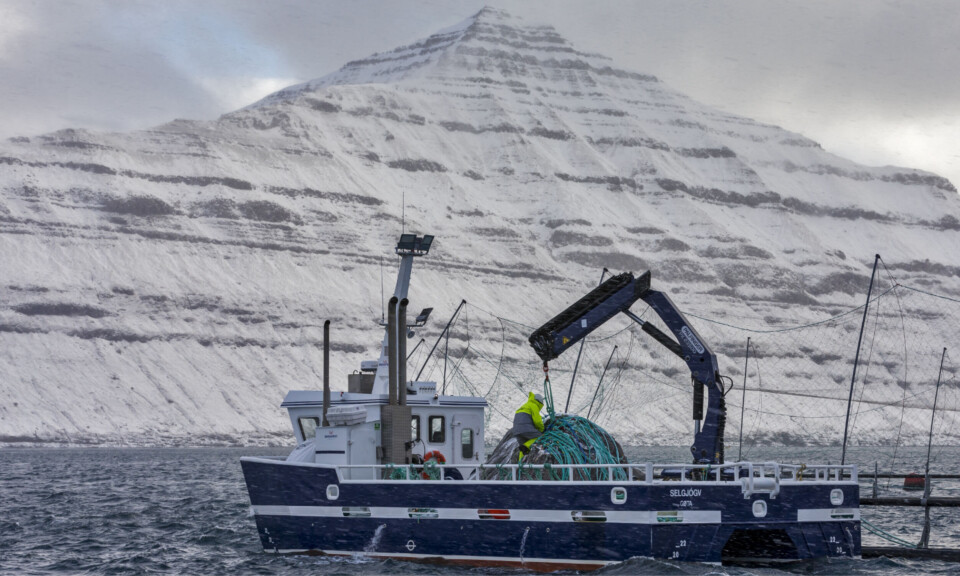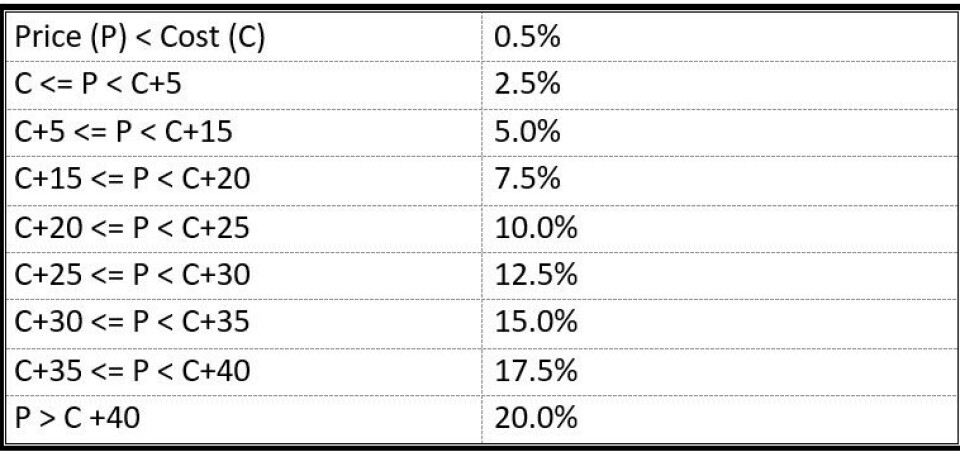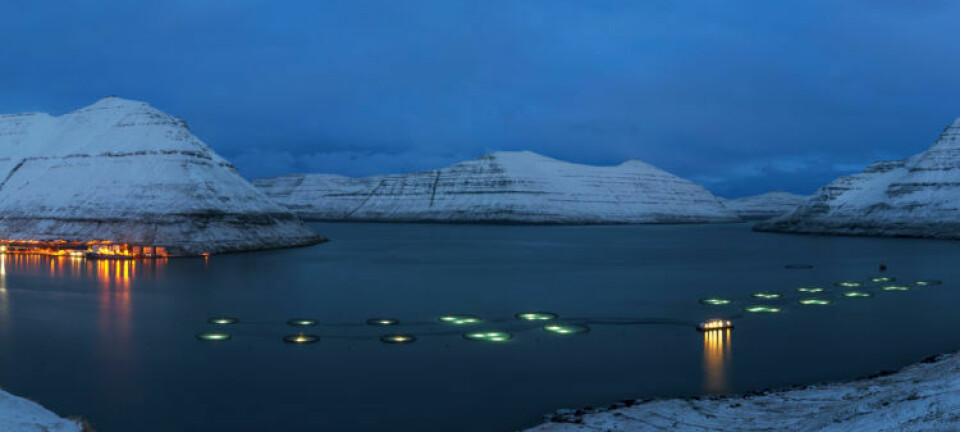
Faroes fish farmers facing 20% salmon tax after change of government
A change of government in the Faroes means that a variable tax on salmon farming earnings may now be set as high as 20%, rather than a 10% maximum proposed last September. The current top rate is 5%.
The proposed increase to 20% follows elections for the Faroese parliament, the Løgting, in October last year, which gave Prime Minister Mette Frederiksen a left-wing majority. The 20% maximum rate is being proposed by the new government, while the proposal to raise the rate to 10% is being proposed by the opposition.
Both proposals follow the principle that different tax rates should be applied dependent on the difference between the monthly FishPool Index prices and the annually assessed average production cost for the Faroese salmon industry.
Nine rates
The current 5% maximum tax has three tax rates, and the opposition’s 10% maximum proposal has five. The government’s 20% maximum tax proposal has nine rates.
In a market update today, the Faroes’ largest salmon farmer, Bakkafrost, said: “In the new proposal, the tax rates continue beyond the 10% proposed from the previous Government (now opposition) and stretch to 20% when the FishPool Index prices exceed industry production cost + 40 DKK/kg.
“In total 9 tax rates are proposed between 0.5% and 20%. The average production cost for 2021 is proposed as baseline, which is set to be 39.15 DKK (around 59 NOK/kg). Hence, a FishPool Index price exceeding around 119 NOK/kg would result in the maximum tax rate of 20%.”
Applied from August
The new proposal is currently out for consultation with the salmon farming industry - which in the Faroes comprises Bakkafrost, Hiddenfjord, and Mowi Faroes – until March 16.
Neither the 10% maximum rate nor the 20% maximum rate proposals have yet been voted upon in the Løgting.
If approved, a new tax rate would apply from August 1, 2023.
The proposal by the current Faroese government not only adds four higher tax bands – 12.5%, 15%, 17.5%, and 20% - but also lowers the threshold for higher taxation.
The proposal made by the former government last September suggested applying a maximum 10% tax when the FishPool Index prices exceed production cost by DKK 30 per kg.
However, the new government’s proposal would impose the 10% tax when the FishPool Index prices exceed production cost by between DKK 20 and 25 per kg. Earnings above DKK 25 per kilo would attract consequently higher tax rates, up to 20%.
The proposed tax rates (DKK), where P is the FishPool Index Price and C is the cost of production, are:
























































